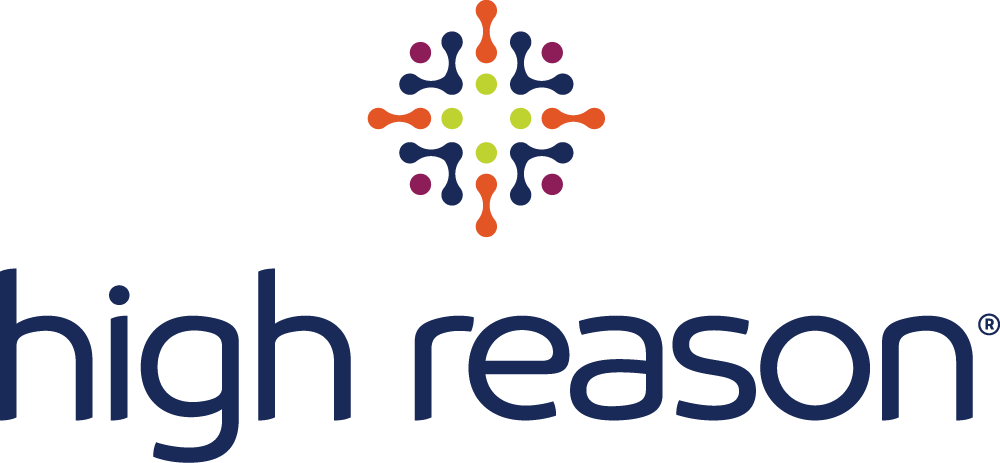In recent years, the digital landscape has become a battleground for accessibility rights, with an alarming surge in website ADA (Americans with Disabilities Act) lawsuits.
UsableNet monitors legal trends related to digital accessibility and their most recent report revealed that over 4,600 ADA website lawsuits were filed in 2023. As technology continues to advance, so too do the expectations for inclusivity and accessibility and threat of litigation places additional pressure on marketers to make their digital platform ADA compliant.
For digital marketers, the Web Content Accessibility Guidelines (WCAG) is considered the benchmark for accessibility compliance and relies on four basic principles to guide its technical recommendations:
- Perceivable: information and user interface components must be presentable to users in ways they can perceive
- Operable: user interface components and navigation must be operable
- Understandable: information and the operation of the user interface must be understandable
- Robust: content must be robust enough that it can be interpreted by a wide variety of user agents, including assistive technologies
There are also different levels of compliance within WCAG – level A, AA and AAA – that falls within the overall compliance structure and require different levels of investment. So, what exactly constitutes website accessibility, and what can companies do to ensure compliance and mitigate the risk of litigation?
Understand The Standards. The first step for companies is to familiarize themselves with accessibility standards like WCAG. It provides a set of guidelines for making web content more accessible to people with disabilities and cover various aspects of web design, including text alternatives for non-text content, keyboard accessibility, and compatibility with assistive technologies.
Conduct An Audit. Companies should conduct thorough accessibility audits of their websites that involve assessing the website’s design, functionality, and content to identify any barriers to accessibility. It’s essential to involve users with disabilities in this process to gain insights into their experiences and challenges.
Implement Accessibility Features & Functions. Based on the audit findings, companies should prioritize implementing accessibility features and enhancements. This may include adding alternative text to images, ensuring proper HTML markup for navigation, providing keyboard shortcuts, and improving color contrast for better readability. Accessibility plugins and tools can also aid in making websites more inclusive.
Develop a Consistent Maintenance and Monitoring Plan. Accessibility is an ongoing commitment, not a one-time task. Companies should establish procedures for regularly monitoring and maintaining website accessibility. This includes testing new features and updates for compliance, addressing any accessibility issues promptly, and keeping abreast of evolving standards and technologies. There are several tools that can assist with maintaining compliance such as SiteImprove and EqualWeb.
Making your website ADA compliant is an important element to serve the disabled community well, but the rise in website ADA lawsuits underscores the importance of prioritizing accessibility.
Ensuring that websites are inclusive and accessible not only mitigates the risk of litigation but also demonstrates a commitment to equal opportunity and social responsibility. By following best practices, conducting regular audits and engaging with the disability community, companies can create digital experiences that are truly accessible to all.



